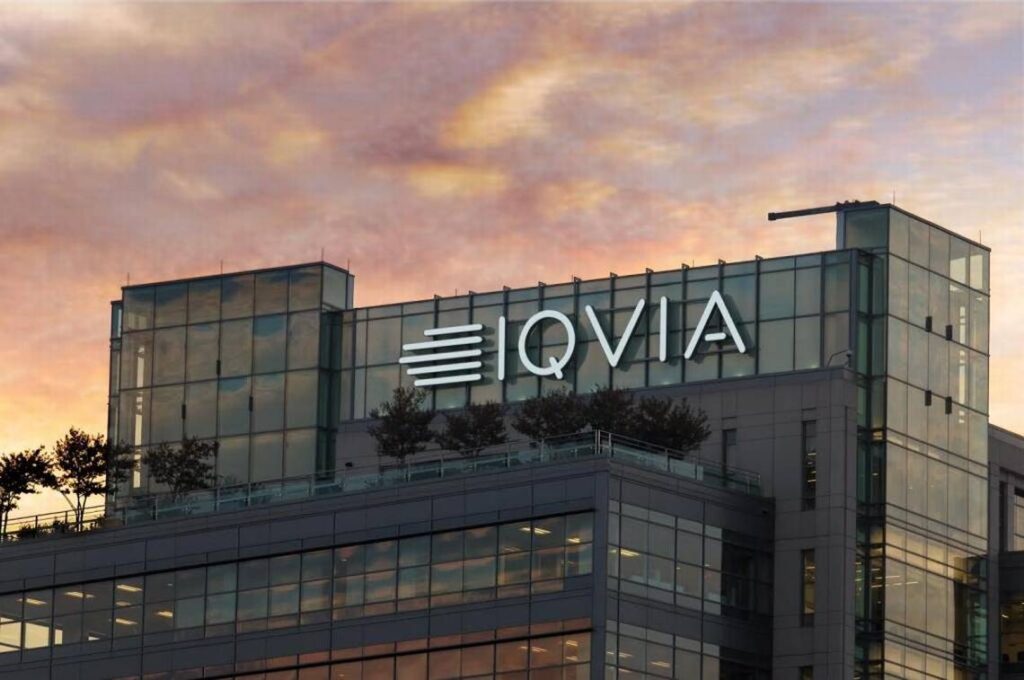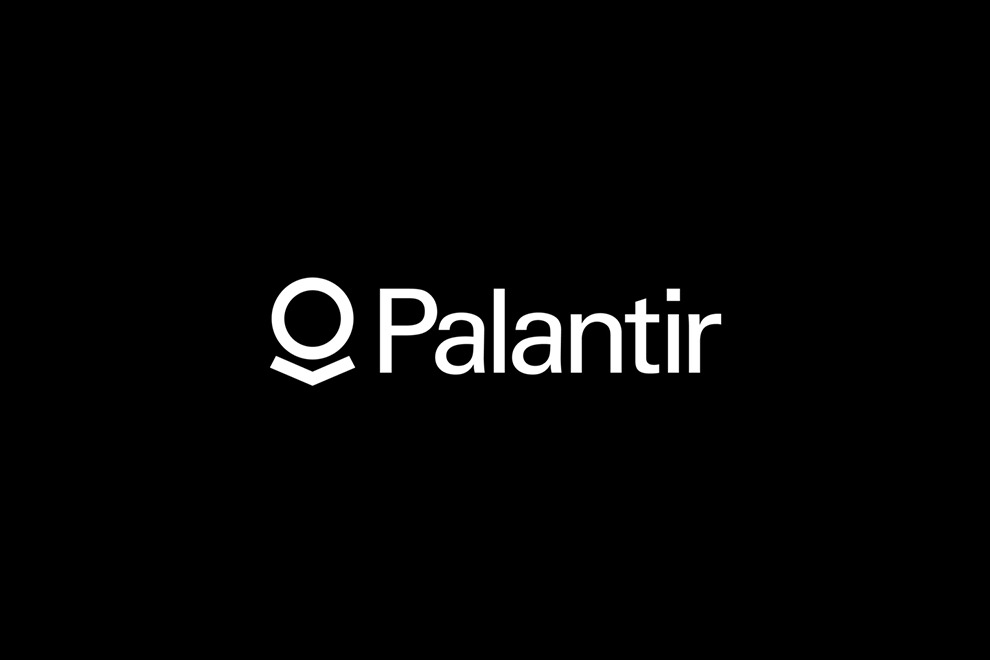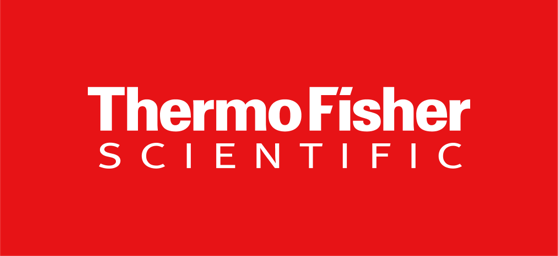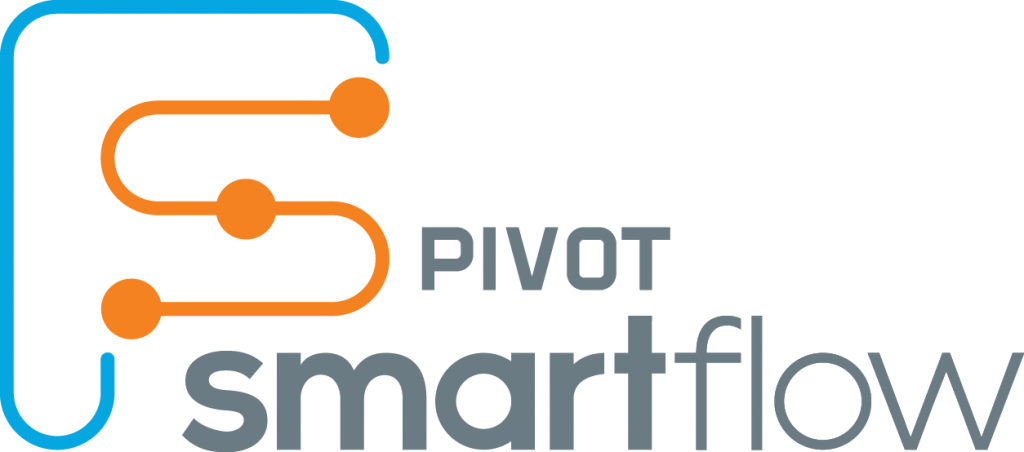Shashank ND: The person who digitalized Indian Healthcare Industry
Shashank ND is in charge of setting the overall direction and vision for Practo while actively participating in the creation of the company’s ground-breaking products. He co-founded Practo in 2008 with Abhinav Lal after realizing the urgent need to improve the healthcare sector and link patients with healthcare providers.
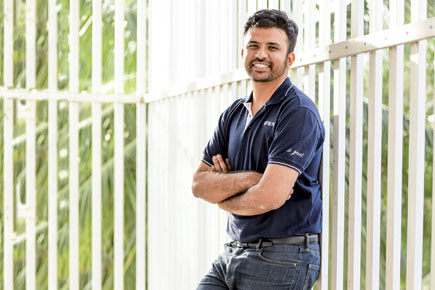
Early Life
Shashank ND made a unique decision by pursuing business, coming from a background where the majority of individuals worked in government jobs. At the age of 27, while completing his final year of biotechnology, he founded his first company, Practo Technologies, to offer both patients and physicians straightforward healthcare solutions.
Shashank ND was inspired to start Practo in 2008 after his father was advised to have knee surgery and sought expert advice from a US physician. He didn’t give the doctor access to the medical records, though, because they weren’t computerized at the time. This incident inspired Shashank to take action that could aid in the digitization of medical records.
Success Story
In 2008, Shashank ND, and Abhinav Lal founded Practo. In the beginning, it was providing doctor’s software where medical professionals can simply schedule appointments and access patient health details. A B2B model was being used by Practo where Practo Ray, its initial product, was being used by the doctors to receive push notifications concerning their important tasks.
Through this application, doctors could easily schedule appointment times. The fact that Shashank ND has a background in computer science was advantageous when developing the software. However, since many doctors were rejecting the software, the reception was not as positive.
For the Practo creators, persuasion and product comprehension were difficult tasks. Finally, the software was put to use by physicians. Doctors began to appreciate the Practo founders after they had a better understanding of the software’s benefits.
About Practo
Through its cutting-edge solutions, Practo.com collaborates with medical professionals, practices, and hospitals. To communicate with patients, doctors set up profiles on Practo.com. The business’s online management tool, “Practo Ray,” aids doctors in the transfer and upkeep of their patient’s medical records as well as the management of their invoicing and appointments.
Over two lakh doctors, 10,000 hospitals, and 5,000 diagnostic centers located in 35 cities and four nations make up Practo’s outstanding roster of clients today. The online service has advanced quickly, raising the most money ($124 million) of any healthcare start-up to date.
Practo is so committed to advancing the healthcare industry that prominent entrepreneurs like Russian tycoon Yuri Milner have also made investments in the company. Practo’s revenues in FY 2015, when Shashank made his debut on Fortune India’s 40 Under 40 list, were 29.7 crore rupees.
Practo had over 1,000 doctors on board only for online consultation at the height of Covid. Practo also collaborates closely with about 300 surgeons, and the business plans to quickly increase that number to 1,000. By the end of 2022, the company’s goal is to expand to 75 cities in India.
The hard effort and vision of Shashank ND are largely responsible for Practo’s success.
The Practo success story is the clearest illustration of how entrepreneurs should study their target market before developing a product. Thanks to Practo, one can now easily find doctors with just a few clicks. The founders of Practo invested a lot of work into developing the technology.

I am a law graduate from NLU Lucknow. I have a flair for creative writing and hence in my free time work as a freelance content writer.


